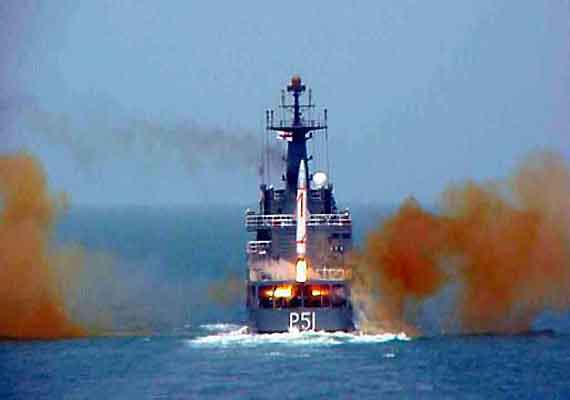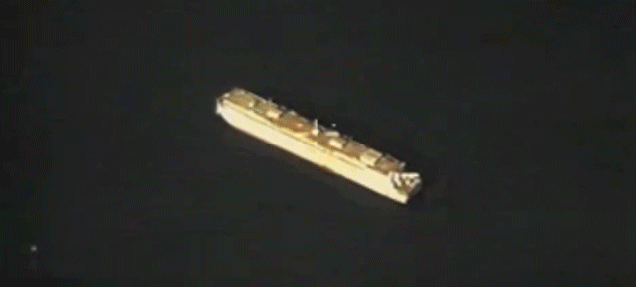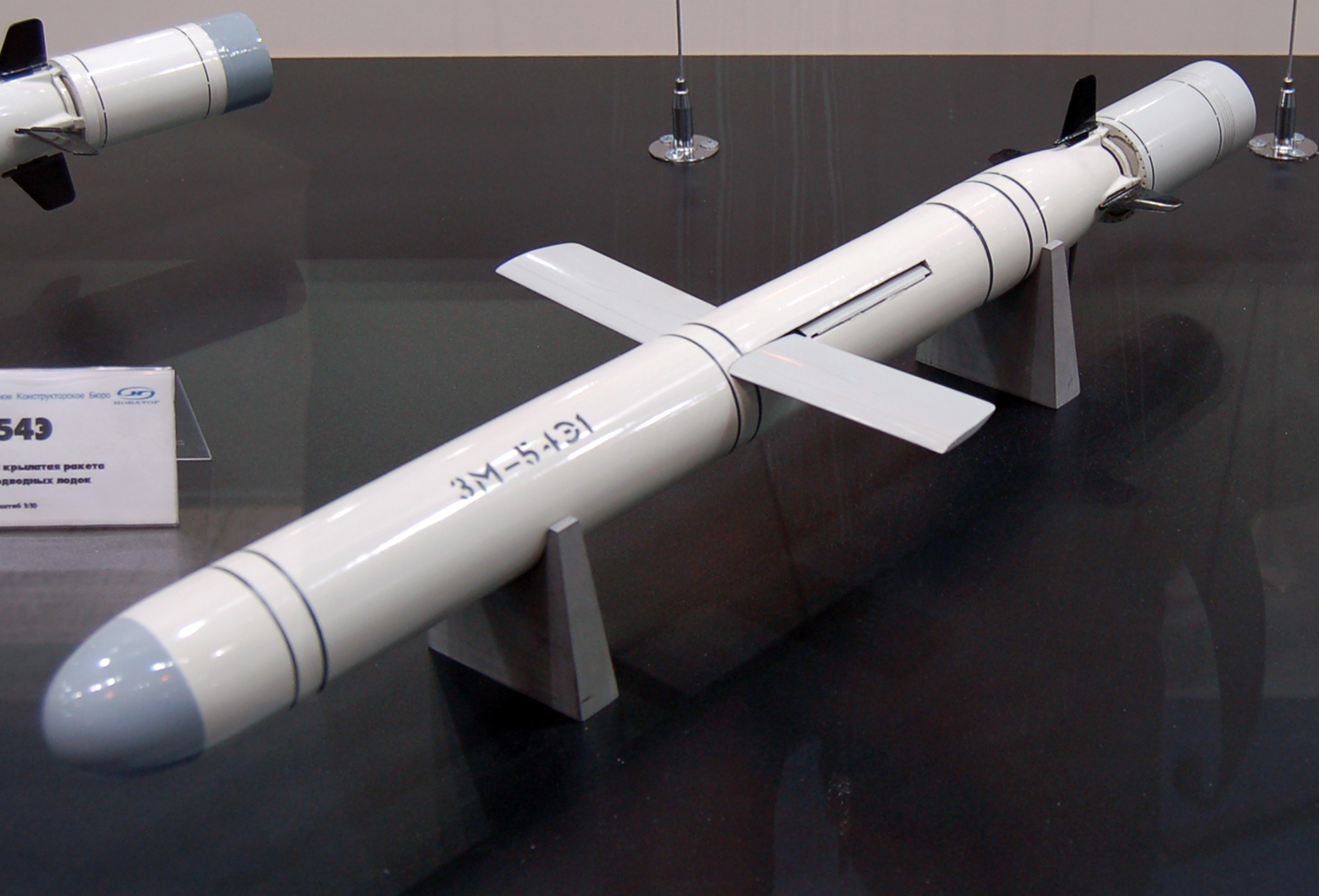CIABurnerAccount
FULL MEMBER
New Recruit
- Joined
- Dec 4, 2015
- Messages
- 35
- Reaction score
- 0
- Country
- Location
I cant believe that a country who spends 800 billion dollars a year on defence, just put to sea a 100,000 tons super carier worth 13 billion usd with plans to put another 12 at sea...builds b 2 bomber at 1 billion a piece and mainatins 50 of them; cancelled a project because of cost if it was any good
First only 21 B-2s where built, so 50 aren't being maintained. Second, the Ford Class carrier has been delayed due to budget problems too and even now some of its critical technologies such as its EMALS system aren't yet ready or use. Third, while nice, the RATTLRS and LRASM-B were quickly becoming burdened by excess R&D costs. Even the US military doesn't like to prolong programs, other than the F-35, that spiral out of control while still in development. Neither really fits the US Navy's doctrine anyway. Fourth, the US military budget is only 600 billion USD, not 800 billion. This figure includes all branched of the military, it isn't all for a single program. This figure does not include clandestine operations, programs or civilian R&D and support.
In fiscal year 2015, military spending is projected to account for 54 percent of all federal discretionary spending, a total of $598.5 billion. Military spending includes: all regular activities of the Department of Defense; war spending; nuclear weapons spending; international military assistance; and other Pentagon-related spending.

They weren't any good, that was the problem. They were over-cost, couldn't maneuver as well as sub-sonic munitions, a problem for most hypersonic weapons, and didn't fit in with the US Navy's upcoming emphasis on intelligence over speed, which consequently has always been the US military's strategy, but has become more important as peer-adversaries improve their own defenses. A hypersonic missile is just too fast to maneuver properly or be directed to reengage or disengage a target, not in the same way an LRASM or NSM can.
Last edited:











